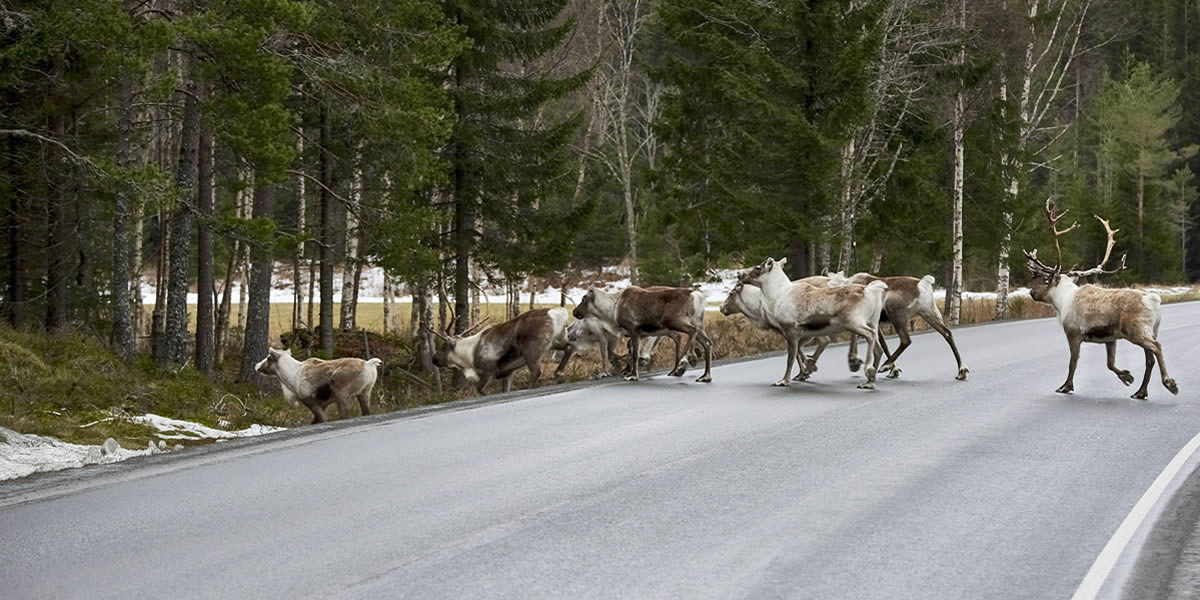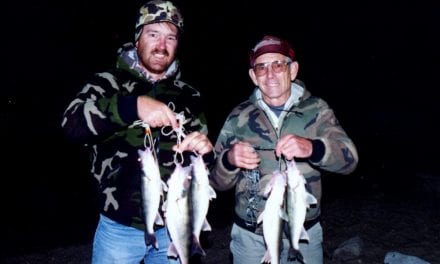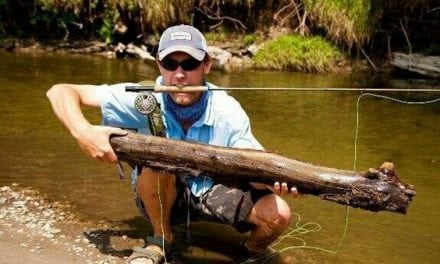by Randi Medici and Charles R. Drago
At first blush, the process presents as counter-intuitive. How can preservation arise from elimination? That is the question raised by opponents of hunting when they argue against the notion that hunting contributes to wildlife conservation.
The answer is nuanced and predicated upon scientific data analyses and anecdotal observations.
To summarize our perused research to date, it is safe to say that hunters help conserve and manage wildlife in four basic ways:
- Hunting is an important management tool. For many wildlife species, hunting helps to maintain populations at levels compatible with human activity, land use, and available habitat. For example, hunting helps limit deer browse in agricultural areas and deer-car collisions.
- Managed hunting contributes to the creation and maintenance of sustainable predator/prey ratios, which in turn ensures that populations of both categories thrive but do not become destructively excessive.
- Hunters pay for the bulk of wildlife conservation across the country through the Pittman-Robertson Act. Established in 1937, this act created an excise tax on guns, ammunition, bows, arrows and other hunting-related equipment. This money is then apportioned to state wildlife agencies based on the land area and the number of licensed hunters of each state. These funds are matched by state hunting license fees. Pittman-Robertson ensures that money from hunting license sales can only be used for wildlife management – for projects such as conducting research, wildlife reintroductions and improving wildlife habitat. These projects benefit a wide range of species, including animals that aren’t hunted.
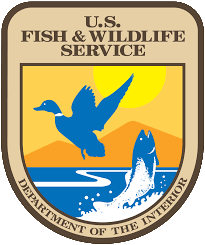 According to a U.S. Fish and Wildlife Service webpage that was updated in January 2010, over two billion dollars of federal aid has been generated through this program, which in turn means that states have kept up their 25% contributions with over $500 million.
According to a U.S. Fish and Wildlife Service webpage that was updated in January 2010, over two billion dollars of federal aid has been generated through this program, which in turn means that states have kept up their 25% contributions with over $500 million.
The habitat acquisition and improvement made possible by this money has allowed some species with large ranges, such as American black bears, elk, and cougars, to expand their ranges beyond their normal boundaries prior to the implementation of the act. Important game populations have also had a chance to recover and expand their populations.
- Hunters have banded together in local sportsmen’s clubs and national organizations to raise funds for conservation, buy and conserve private lands for wildlife habitat, partner with state and federal agencies on large-scale conservation, and lobby for laws and policies that benefit wildlife. Groups like Ducks Unlimited and Pheasants Forever support and conduct conservation and restoration efforts across a wide range of habitats, throughout the country.
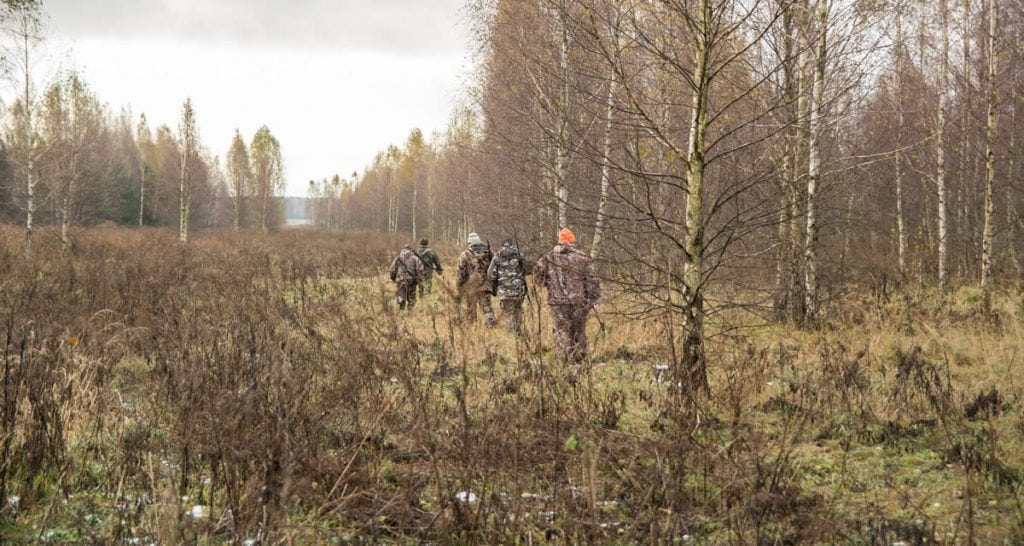
Arizona, among other states, recognizes the following benefits of the imposition of hunting regulations informed by science – a stance shared by many other states:
Hunting Regulations: Hunting regulations protect habitat and preserve animal populations. Regulations include setting daily and seasonal time limits, bag limits, and legal methods for taking wildlife.
Hunting: Hunting is an effective wildlife management tool. Hunting practices help managers keep animal populations in balance with their habitat.
Predator Management: In rare instances, predators must be reduced to enable some wildlife populations to establish stable populations, particularly threatened or endangered species.
The Rocky Mountain Elk Foundation provides invaluable historical perspective in its review of the North American Wildlife Conservation Model. We quote at length:
The North American Wildlife Conservation Model is the only one of its kind in the world. In the mid-1800’s hunters and anglers realized they needed to set limits in order to protect rapidly disappearing wildlife, and assume responsibility for managing wild habitats. Hunters and anglers were among the first to crusade for wildlife protection and remain some of today’s most important conservation leaders.
History
As early settlers made their way West, North America’s wildlife populations diminished due to market-hunting and habitat loss. Many species were on the brink of extinction. Elk, bison, bighorn sheep, black bears—even whitetail deer—had all but disappeared across the country. Hunters and anglers realized they needed to set limits in order to protect what they loved and assume responsibility for the stewardship of our natural resources.
Hunters like Theodore Roosevelt and George Bird Grinnell rallied fellow sportsmen. They pushed for hunting regulations and established conservation groups to protect habitat.
Basic Principles
Their efforts are the backbone of the North American Wildlife Conservation Model. The model has two basic principles – that our fish and wildlife belong to all Americans, and that they need to be managed in a way that their populations will be sustained forever.
The principles of the North American Wildlife Conservation Model are explained more fully through a set of guidelines known as the Seven Sisters for Conservation.
Sister #1 – Wildlife is Held in the Public Trust
In North America, natural resources and wildlife on public lands are managed by government agencies to ensure that current and future generations always have wildlife and wild places to enjoy.
Sister #2 – Prohibition on Commerce of Dead Wildlife
Commercial hunting and the sale of wildlife is prohibited to ensure the sustainability of wildlife populations.
Sister #3 – Democratic Rule of Law
Hunting and fishing laws are created through the public process where everyone has the opportunity and responsibility to develop systems of wildlife conservation and use.
Sister #4 – Hunting Opportunity for All
Every citizen has an opportunity, under the law, to hunt and fish in the United States and Canada.
Sister #5 – Non-Frivolous Use
In North America, individuals may legally kill certain wild animals under strict guidelines for food and fur, self-defense and property protection. Laws restrict against the casual killing of wildlife merely for antlers, horns or feathers.
Sister #6 – International Resources
Wildlife and fish migrate freely across boundaries between states, provinces and countries. Working together, the United States and Canada jointly coordinate wildlife and habitat management strategies. The Migratory Bird Treaty Act of 1918 demonstrates this cooperation between countries to protect wildlife. The Act made it illegal to capture or kill migratory birds, except as allowed by specific hunting regulations.
Sister #7 – Scientific Management
Sound science is essential to managing and sustaining North America’s wildlife and habitats. For example, researchers put radio collars on elk to track the animals’ movements to determine where elk give birth and how they react to motor vehicles on forest roads. [emphasis added]
While the aforementioned conclusions reached through scientific inquiry are not sacrosanct and must remain open to the honest, informed challenge that dogma appropriately invites, it does appear that conventional wisdom in this instance is just that. Hunting, when controlled via the imposition of scientific and fairly applied and enforced regulations, is an effective tool for wildlife management and, by extension, preservation.

